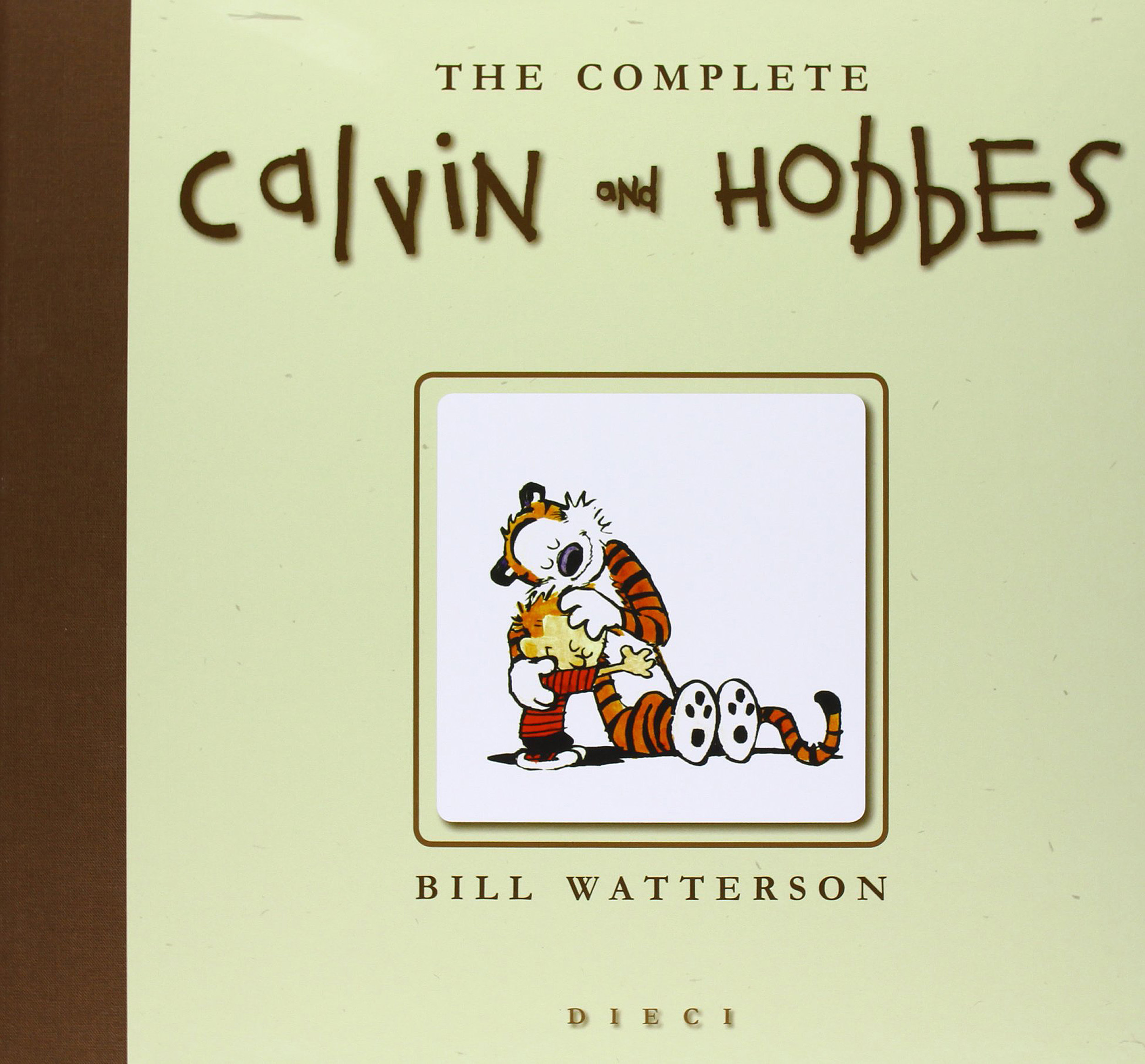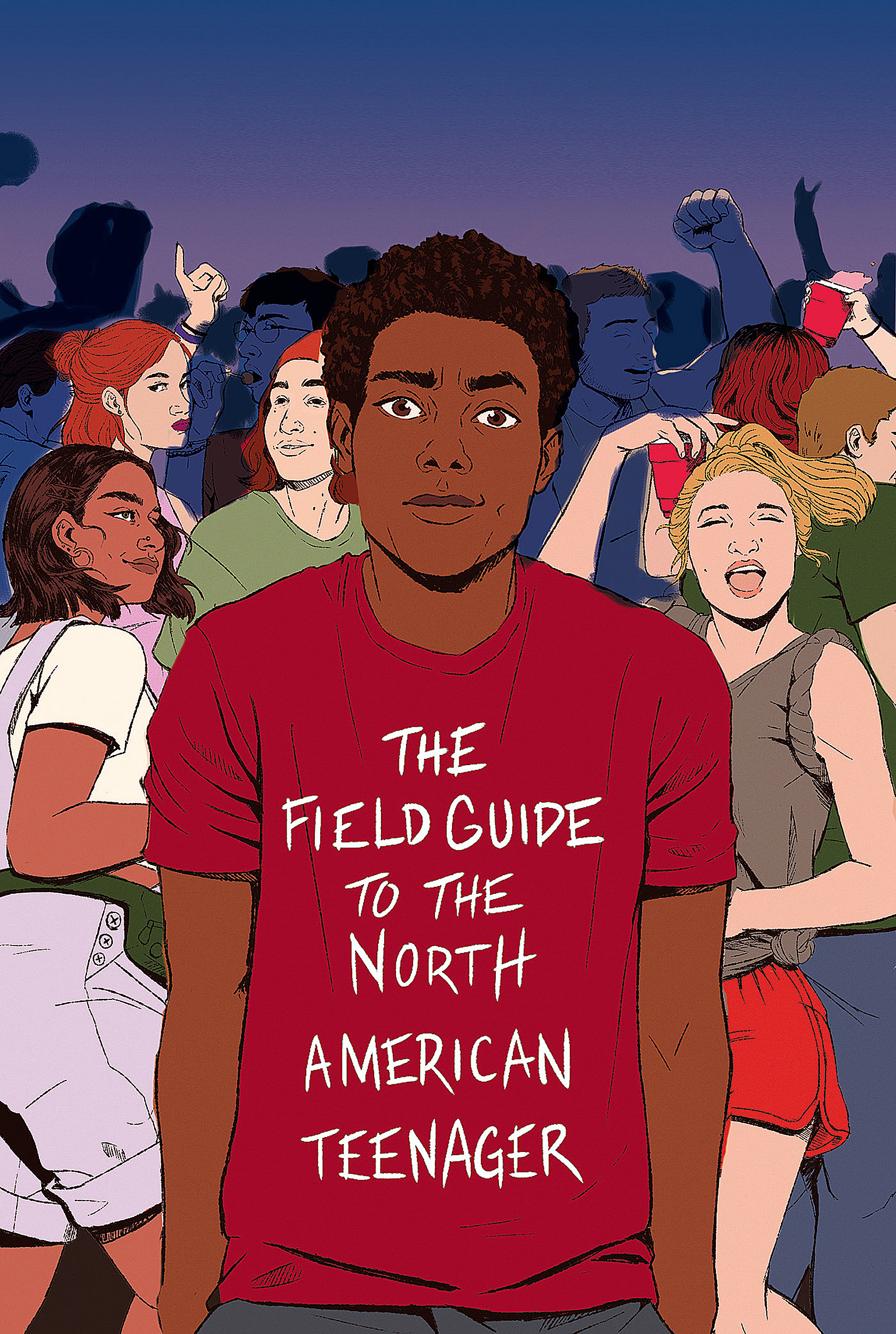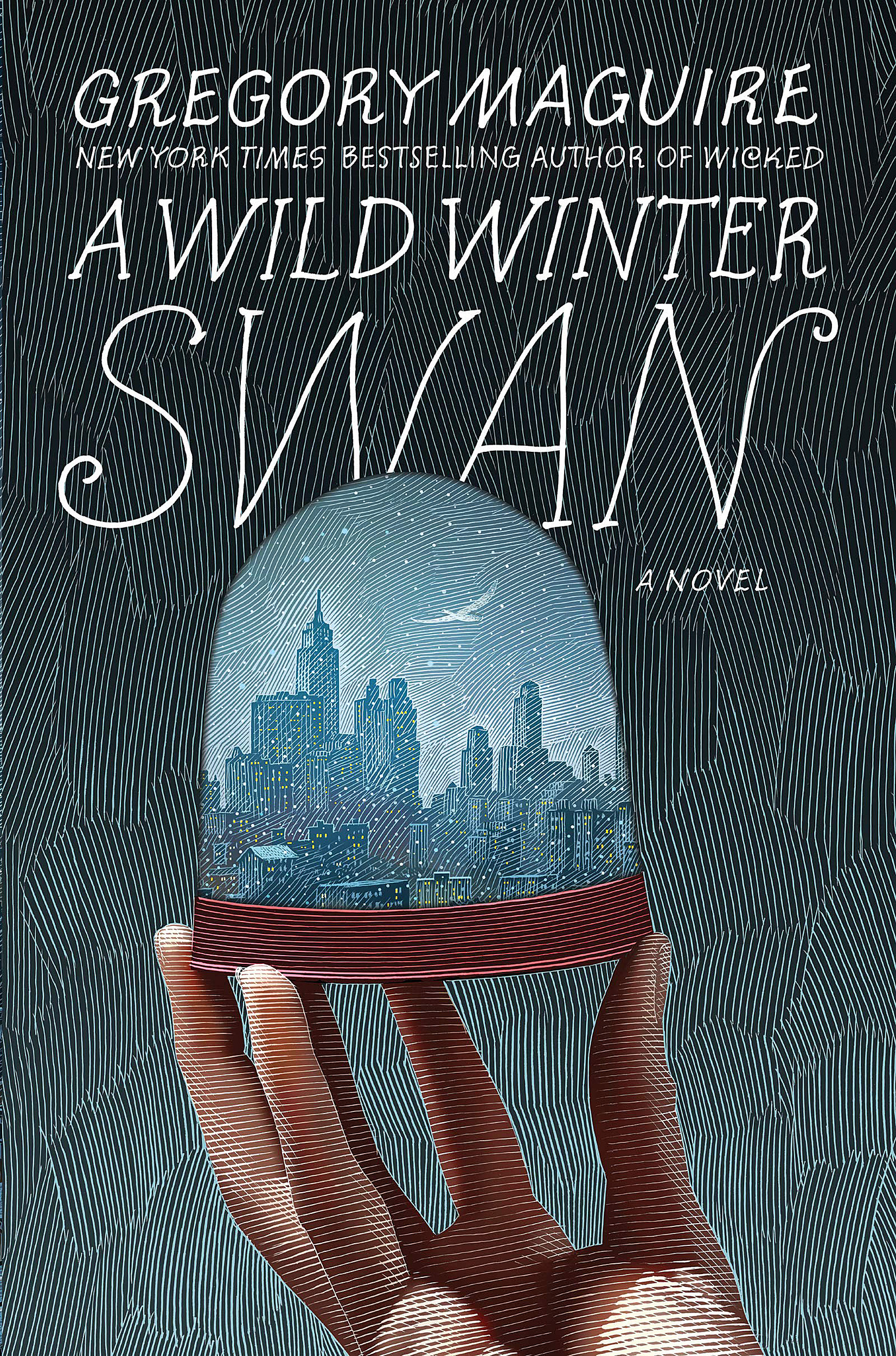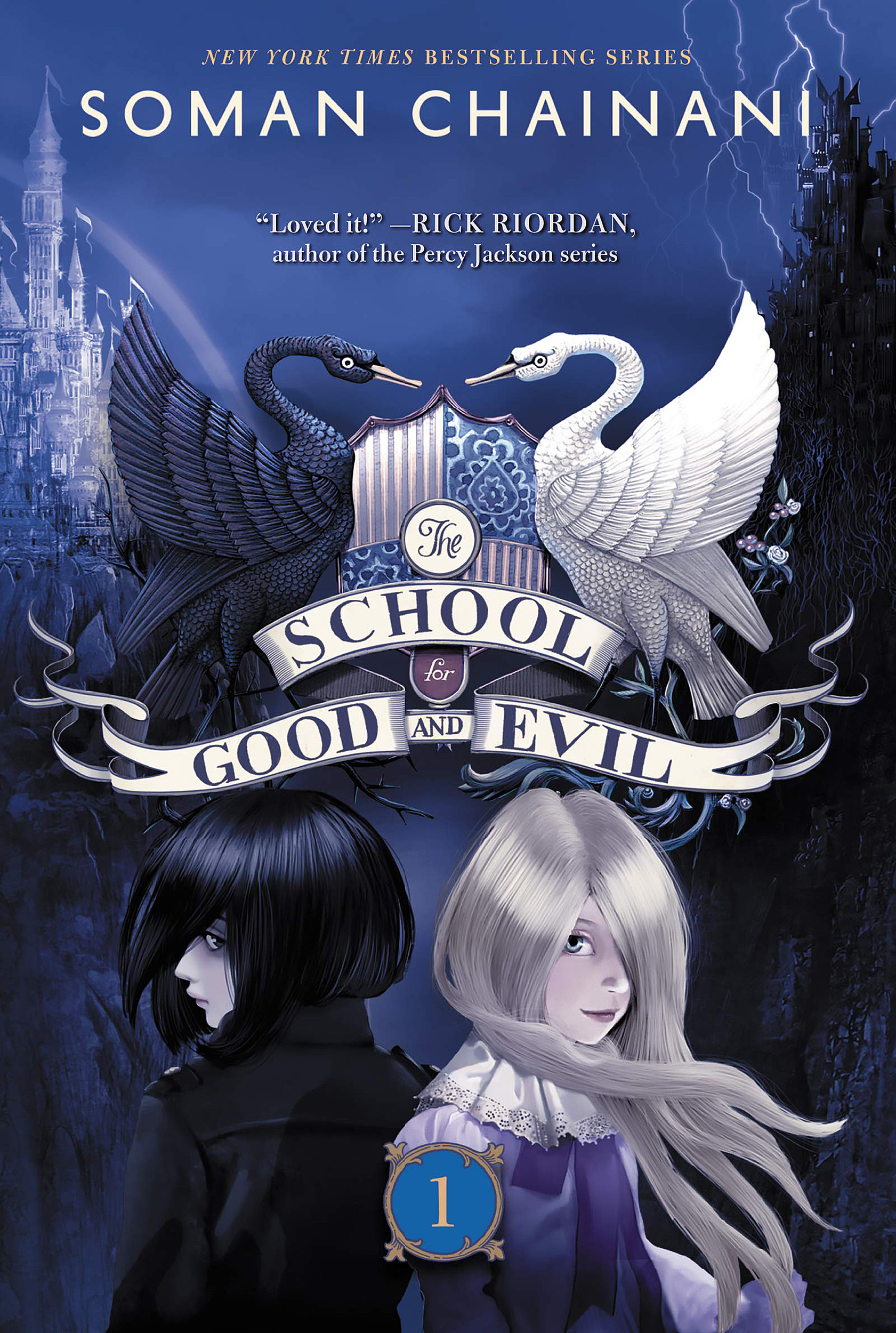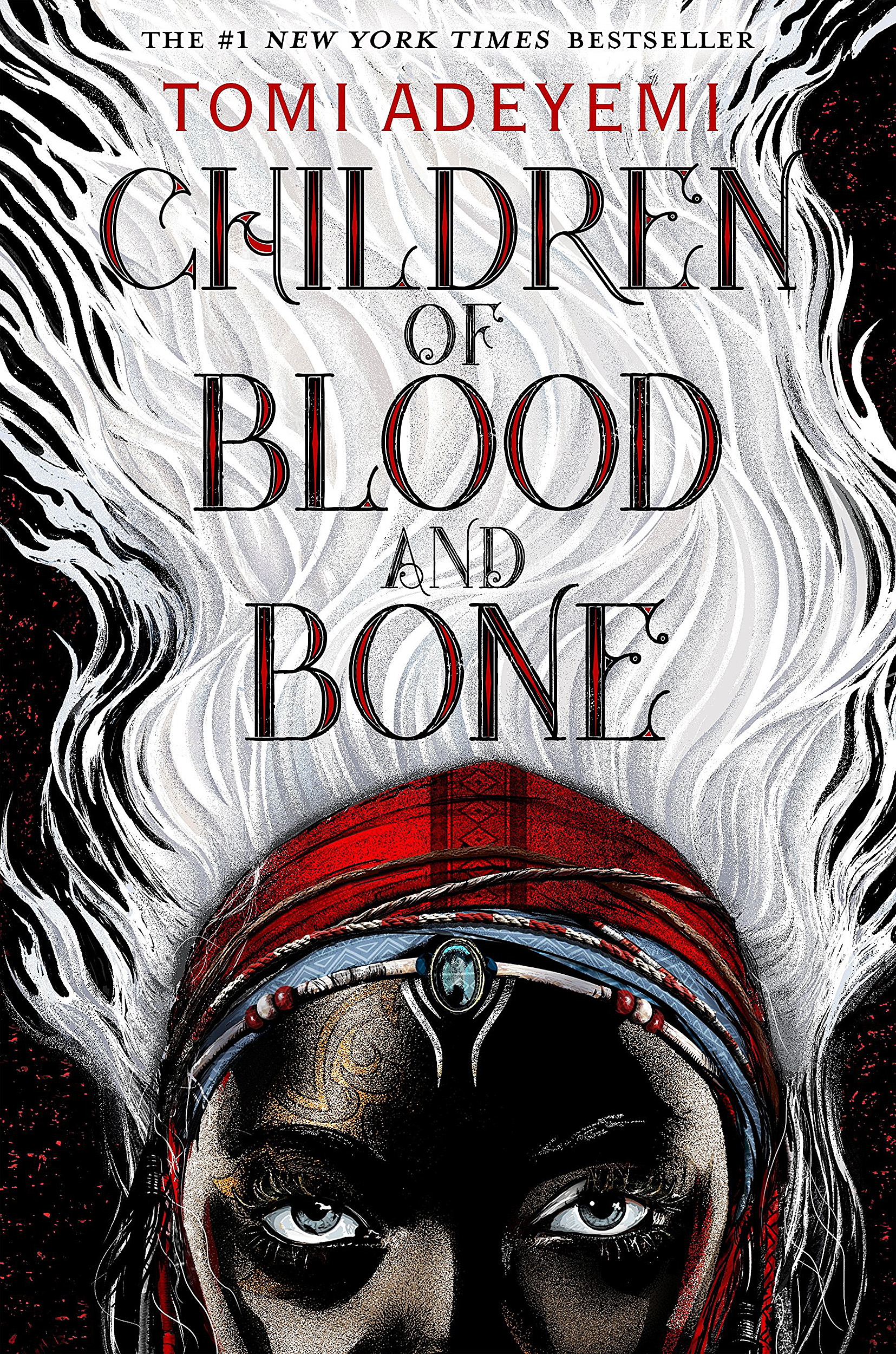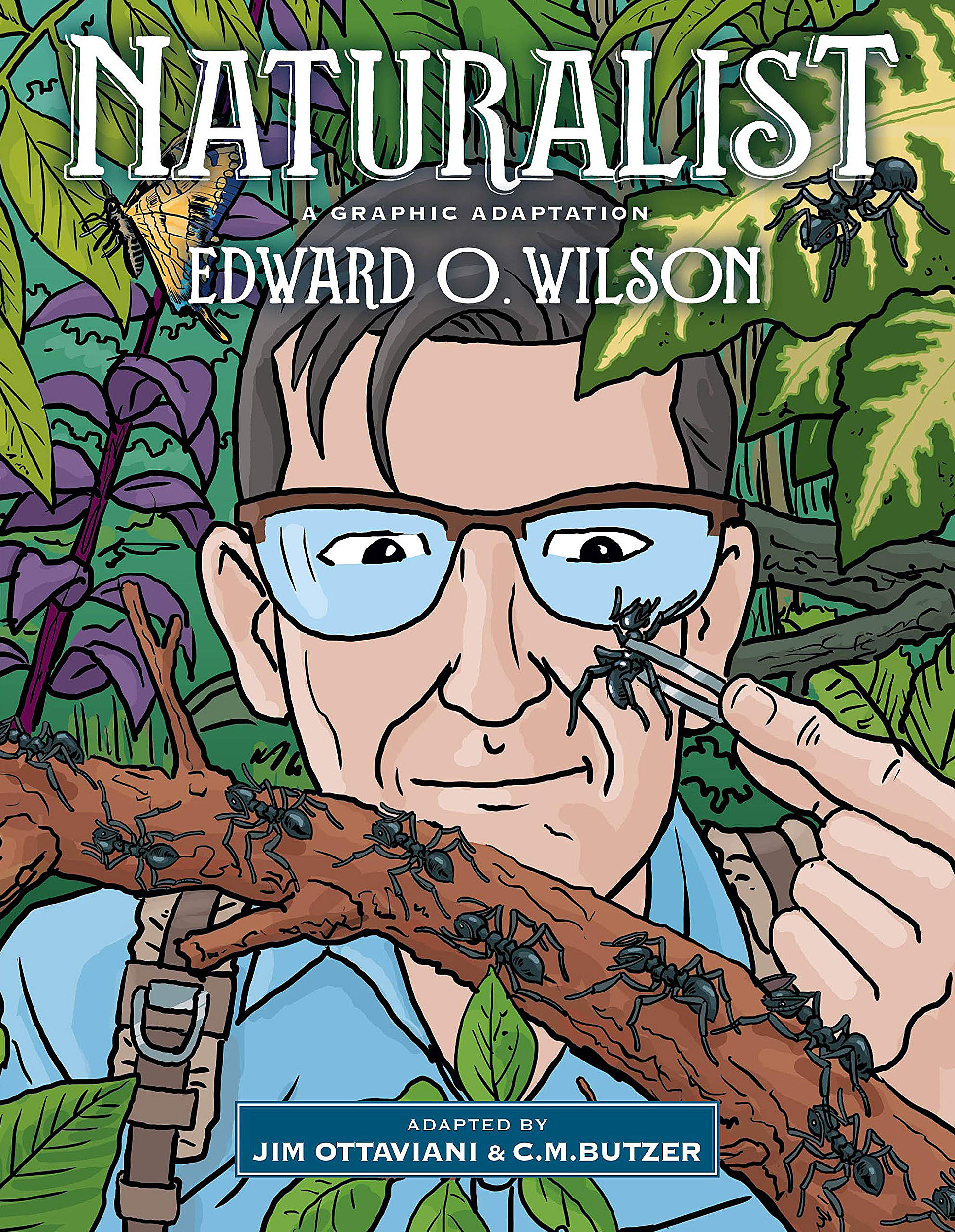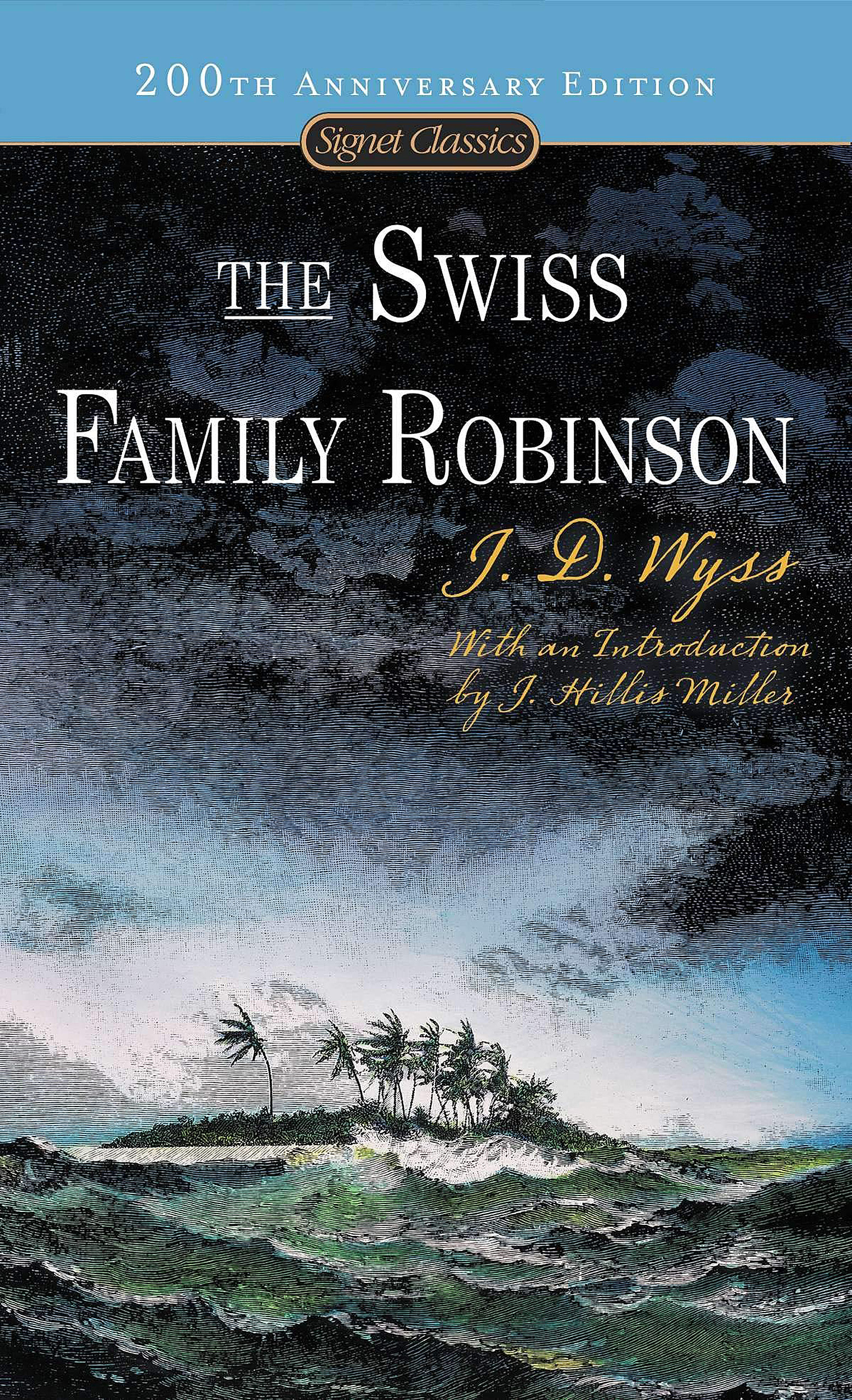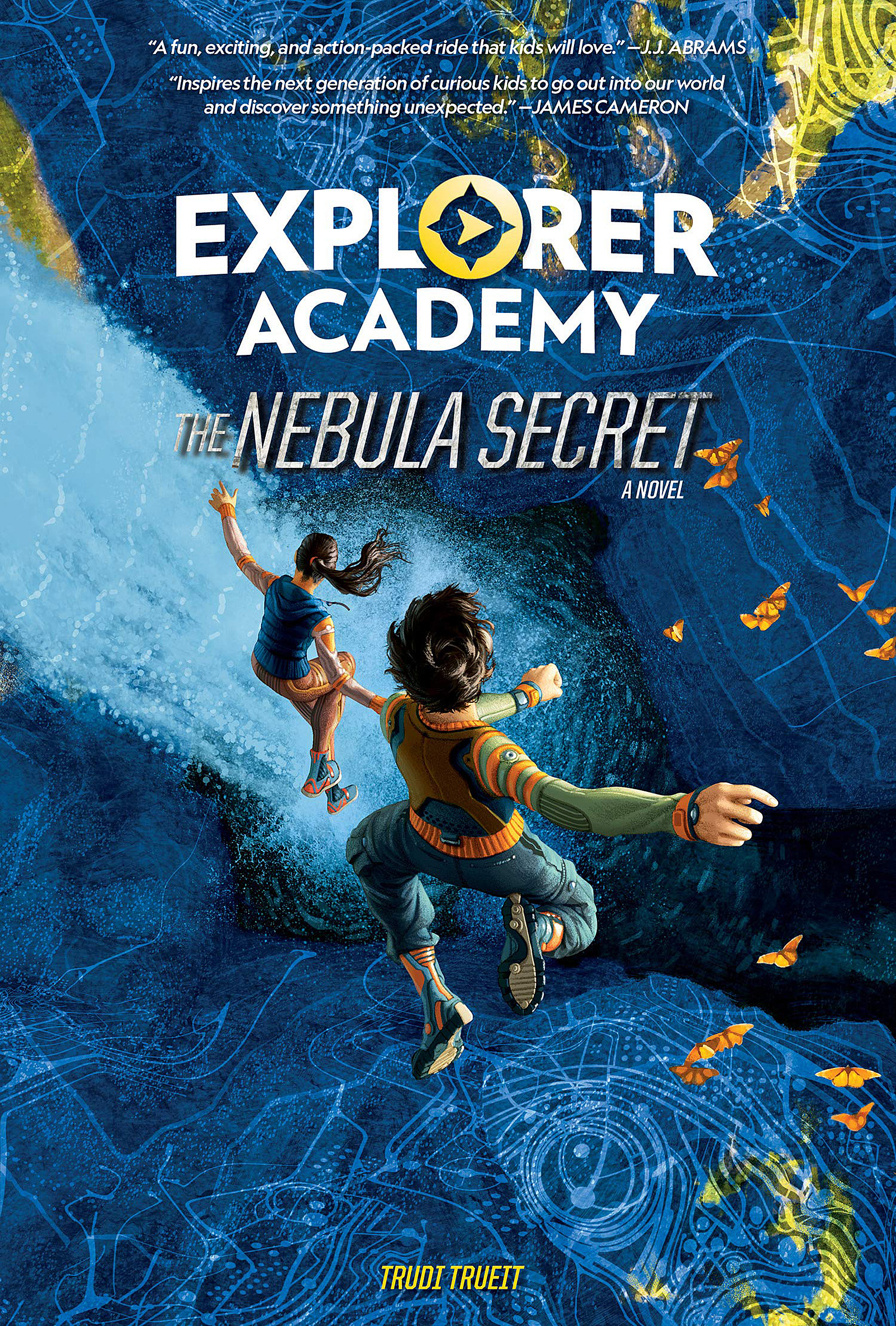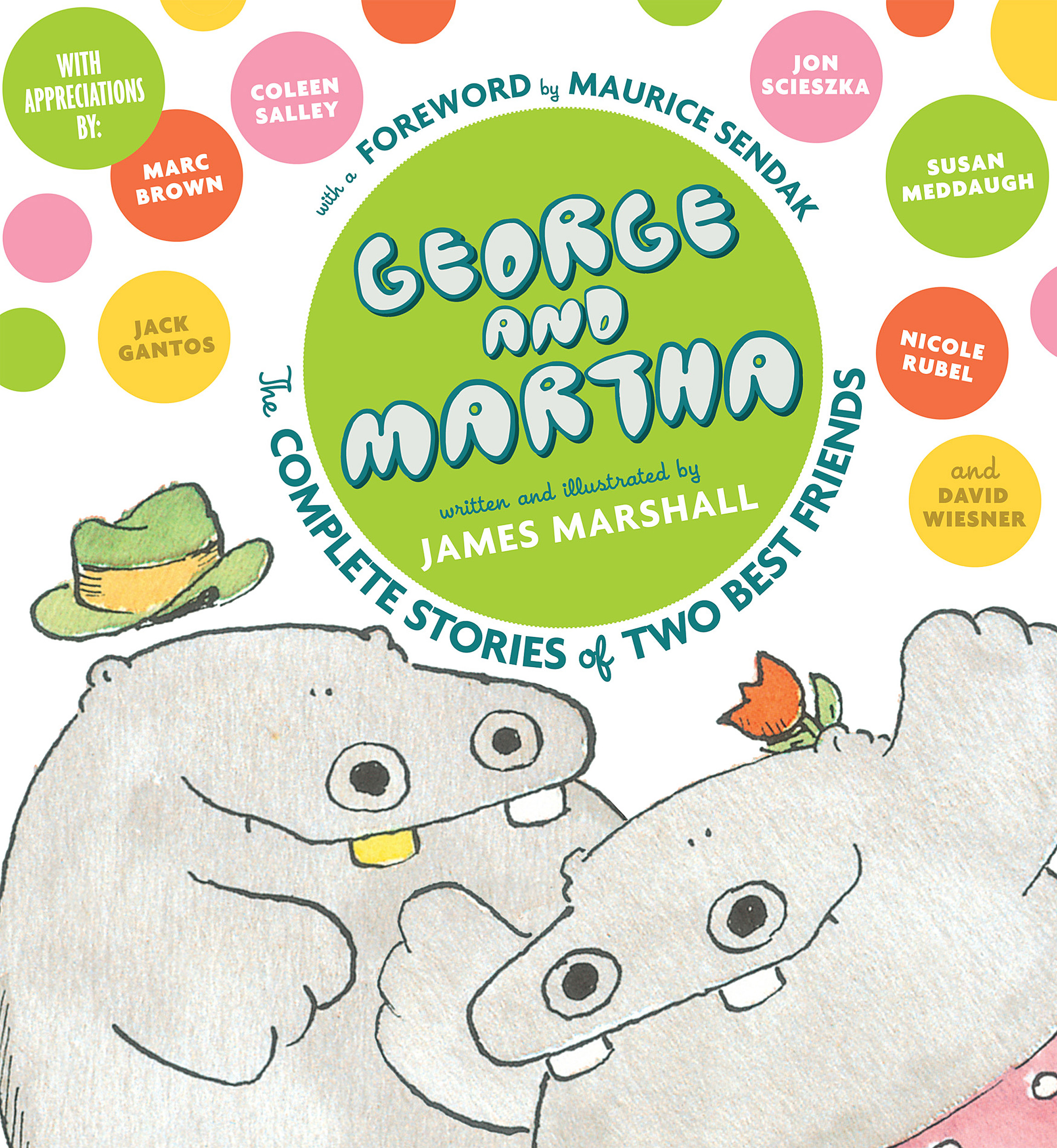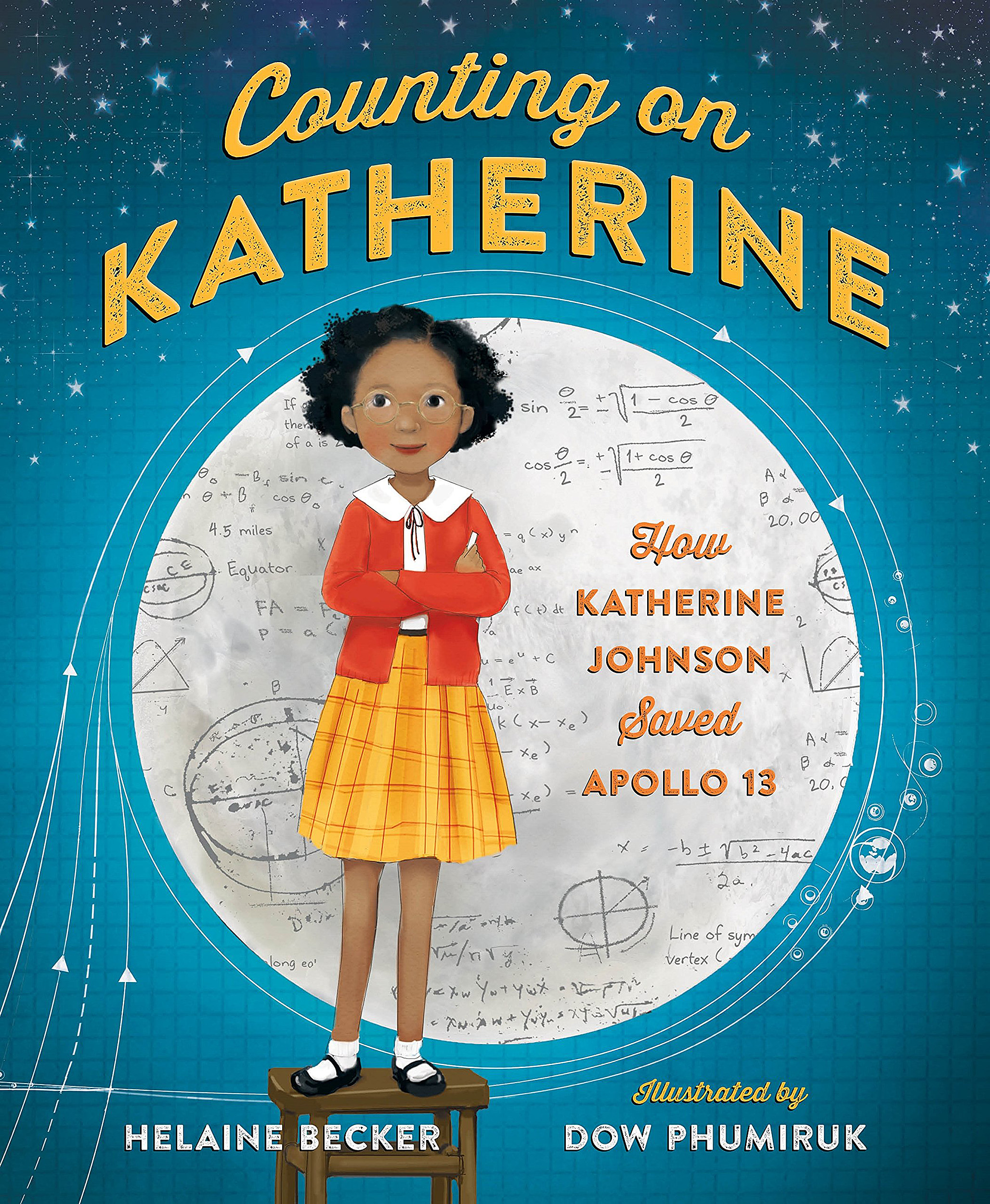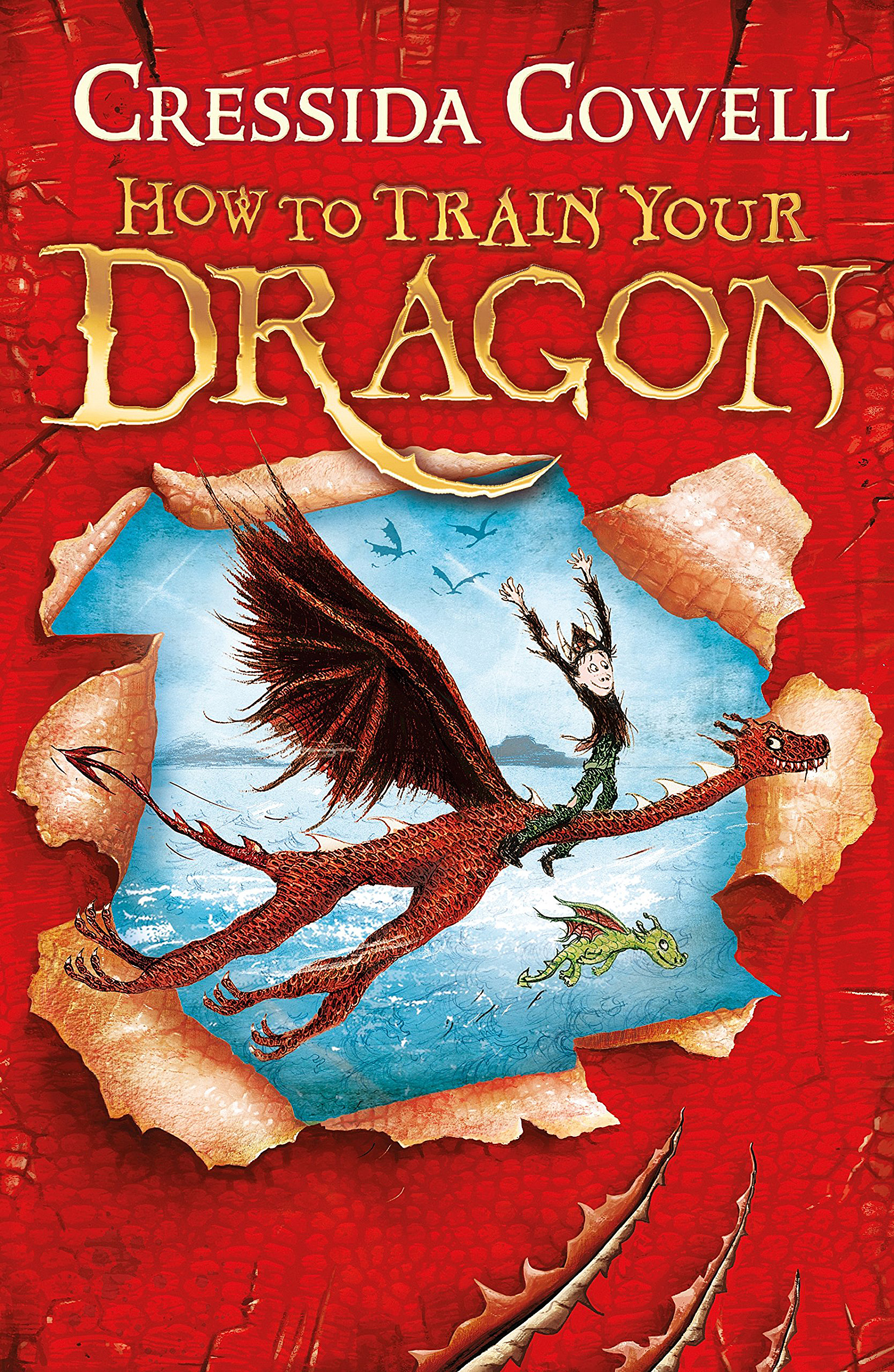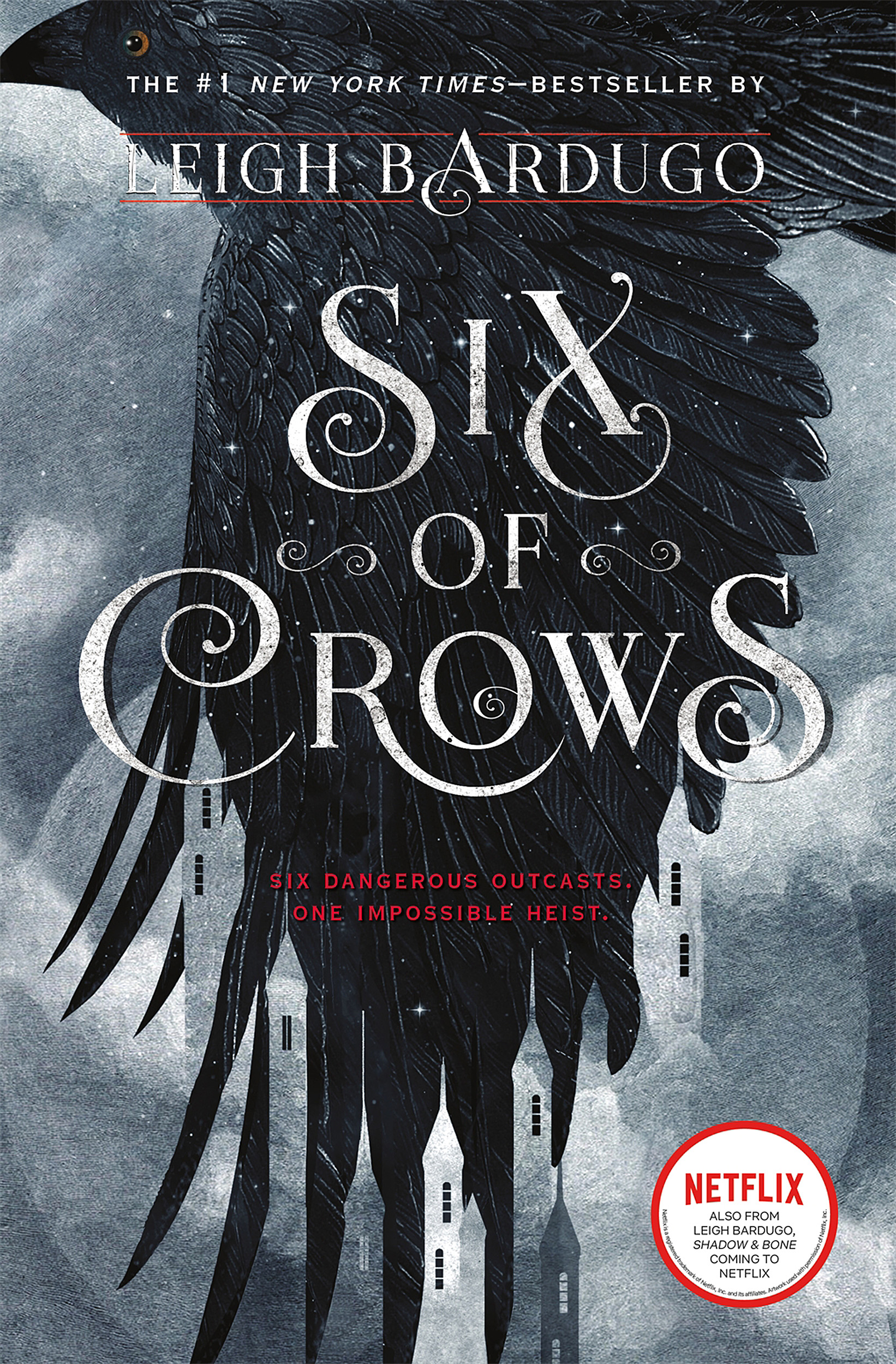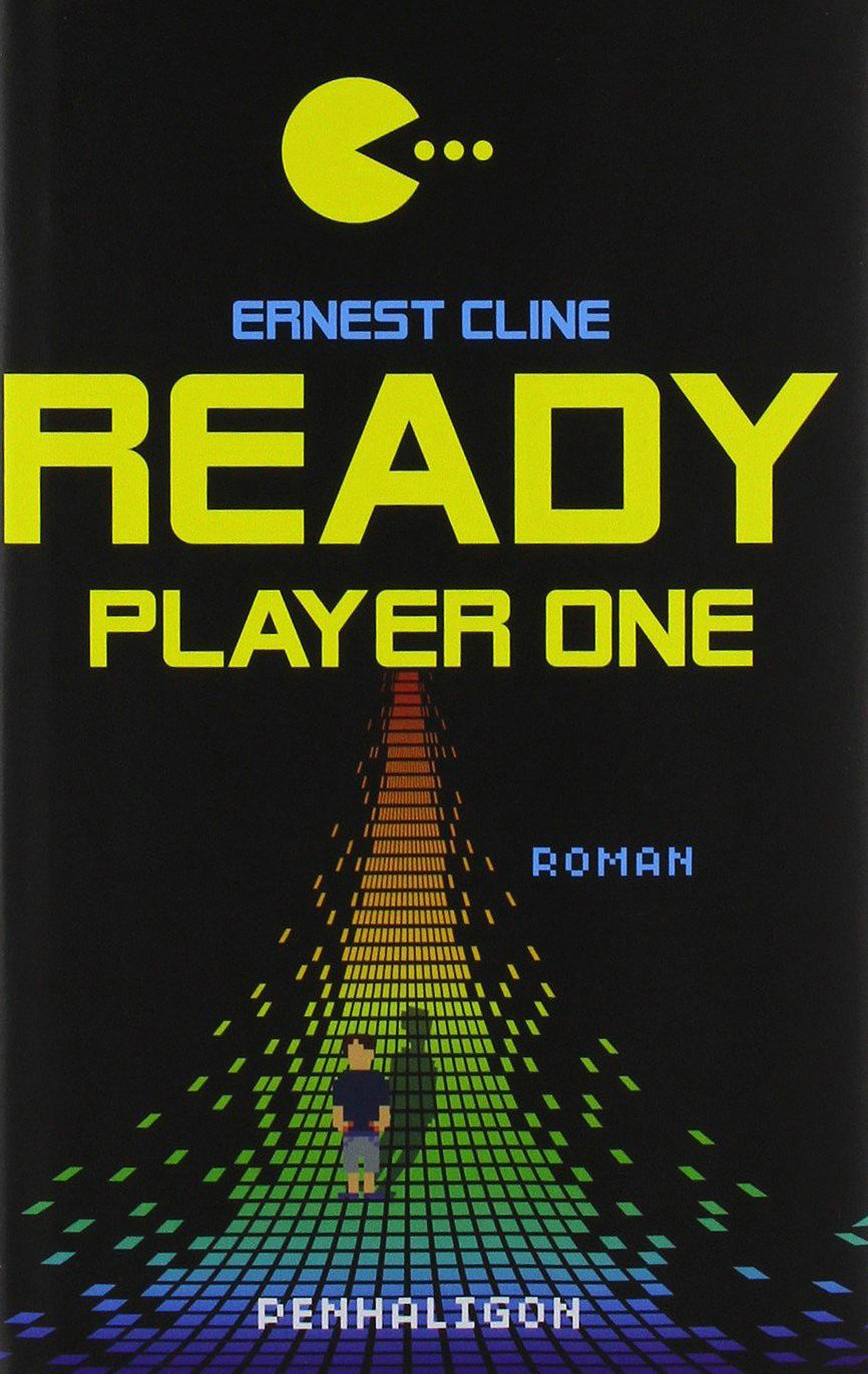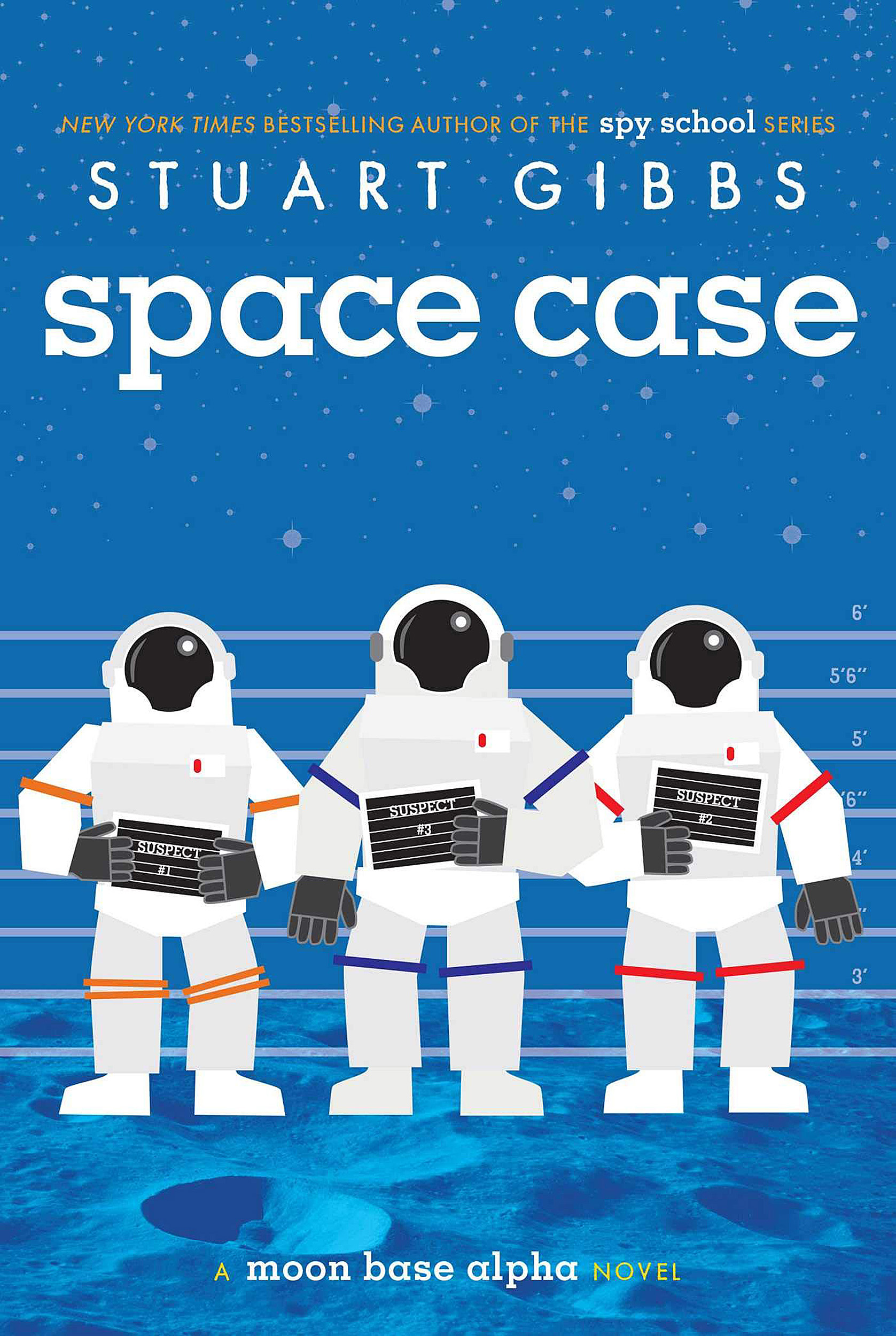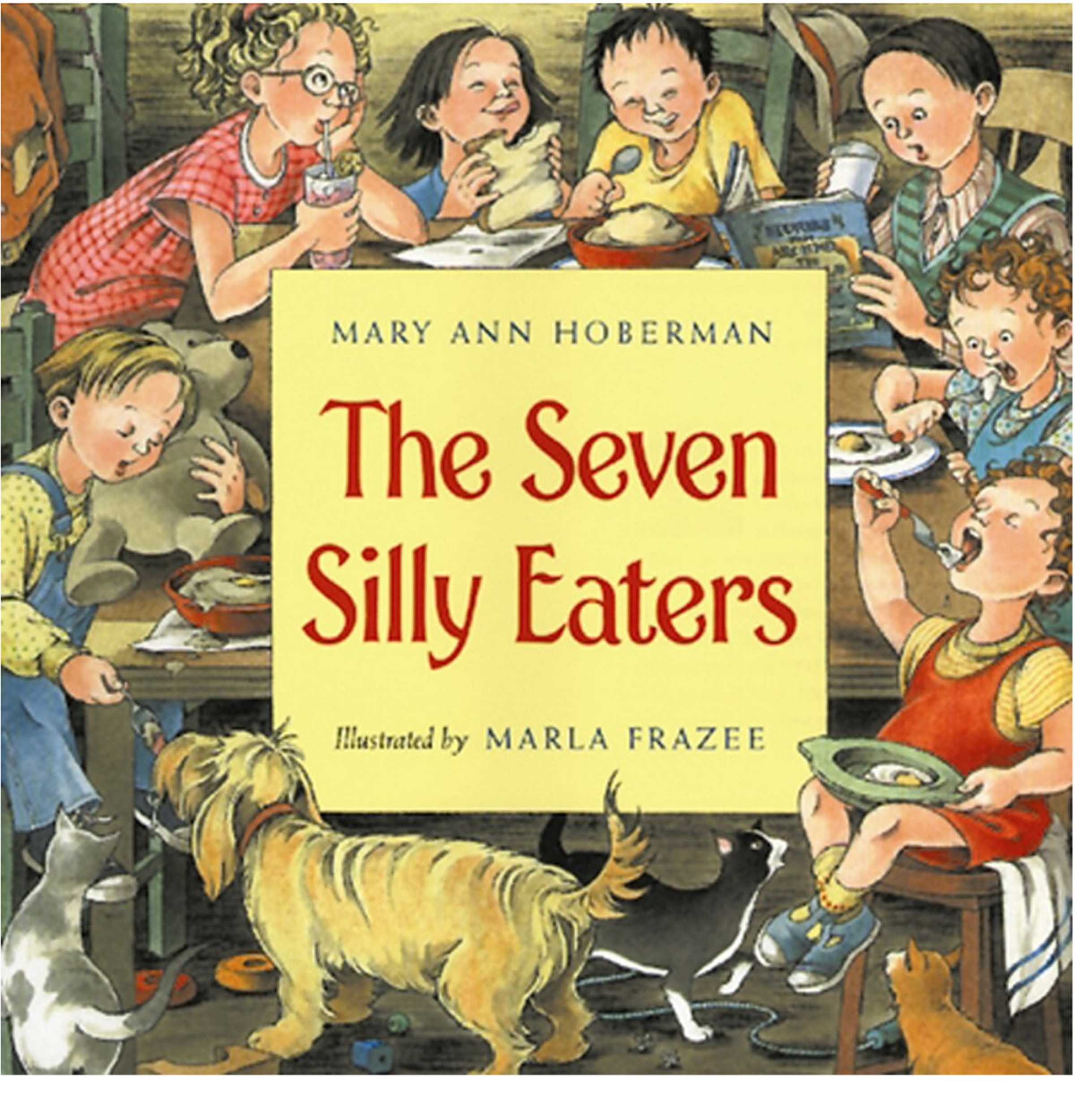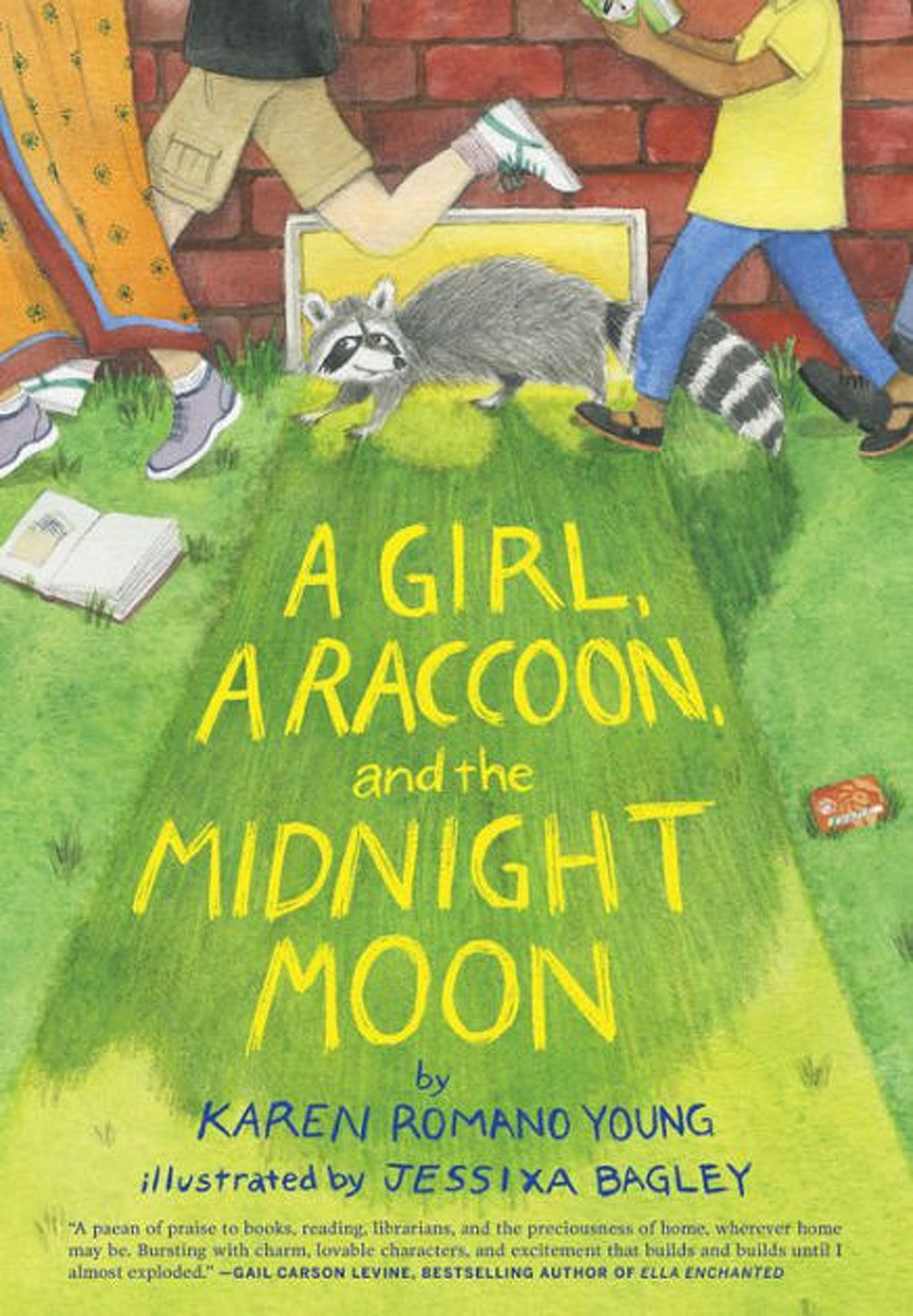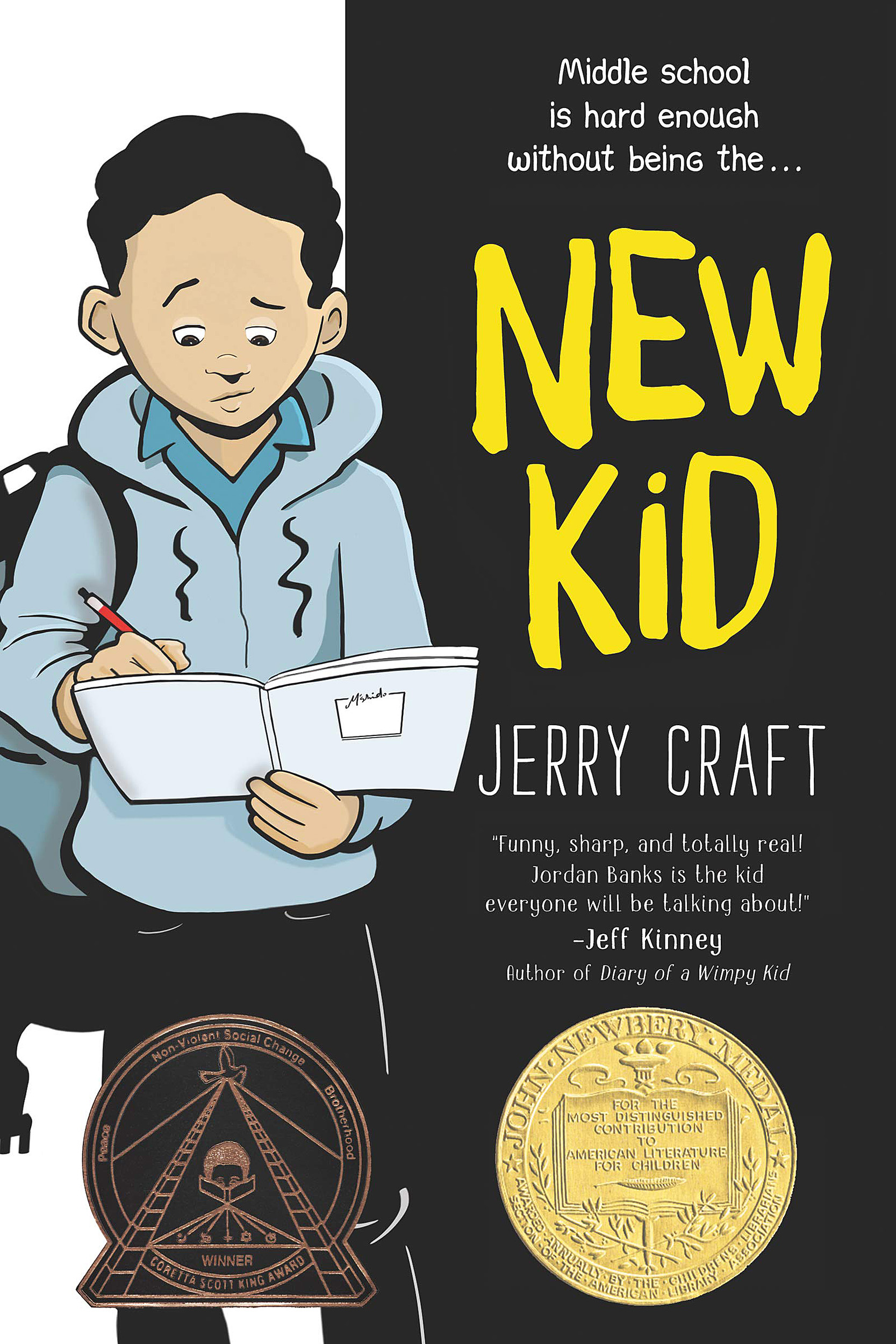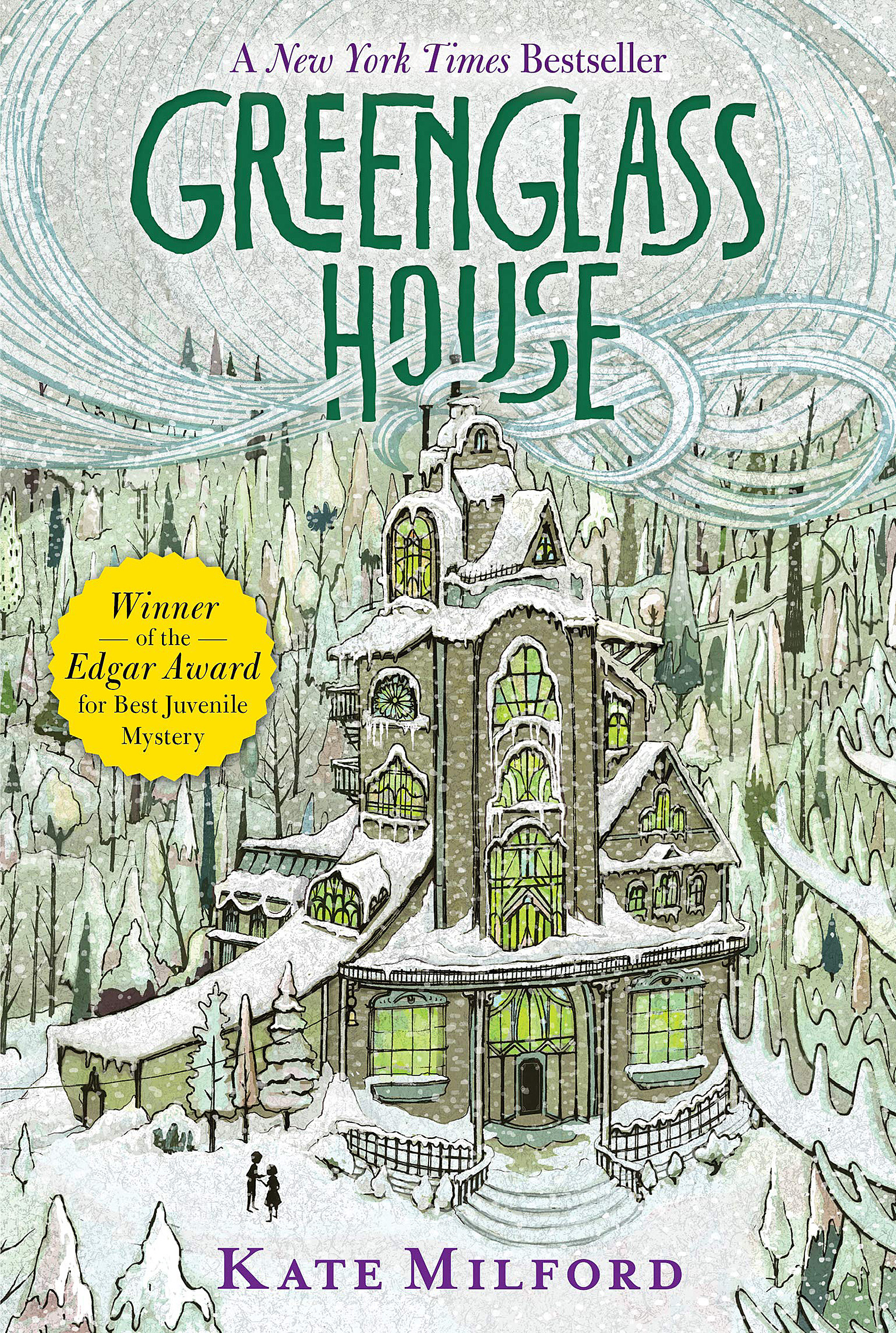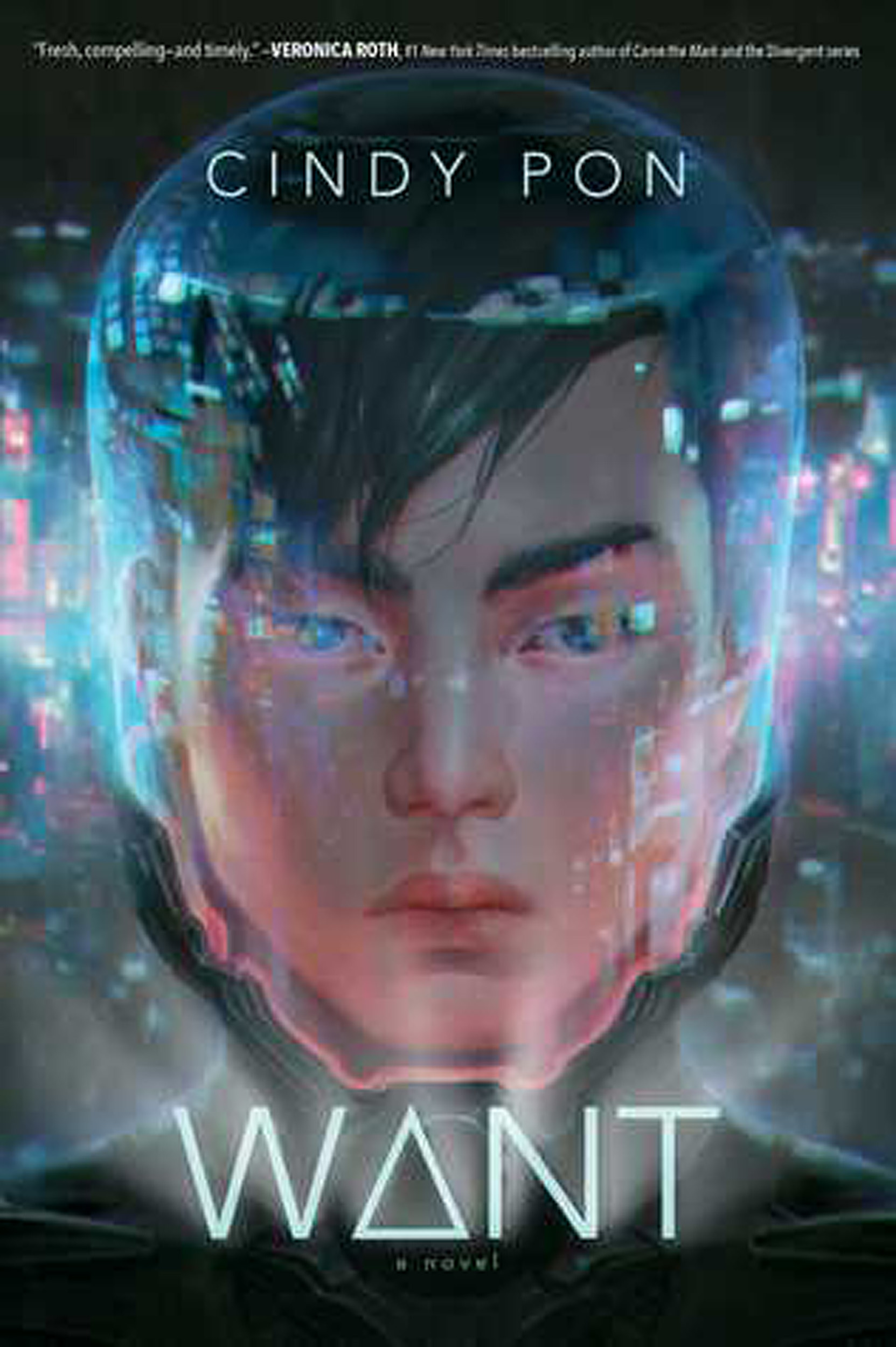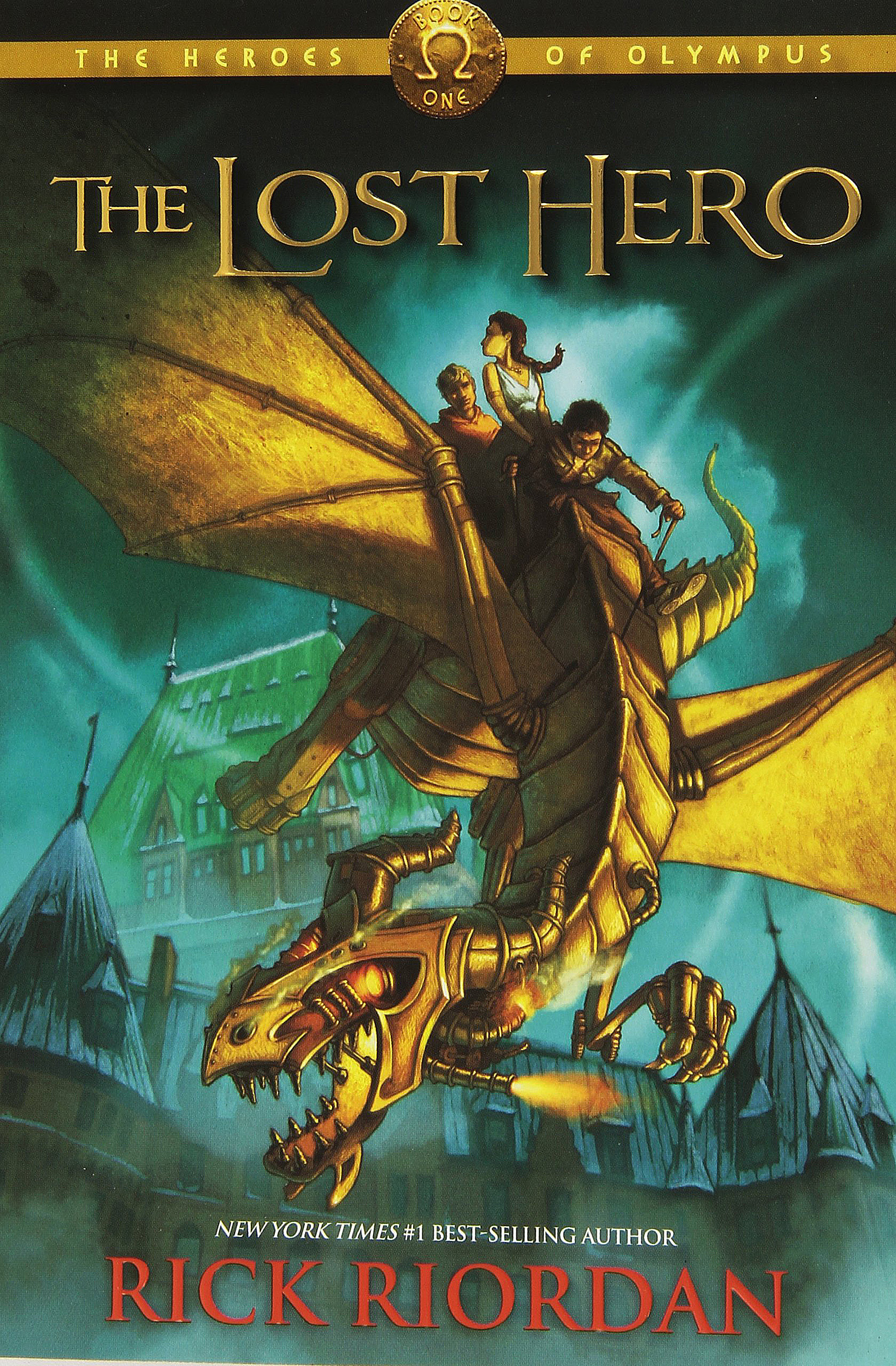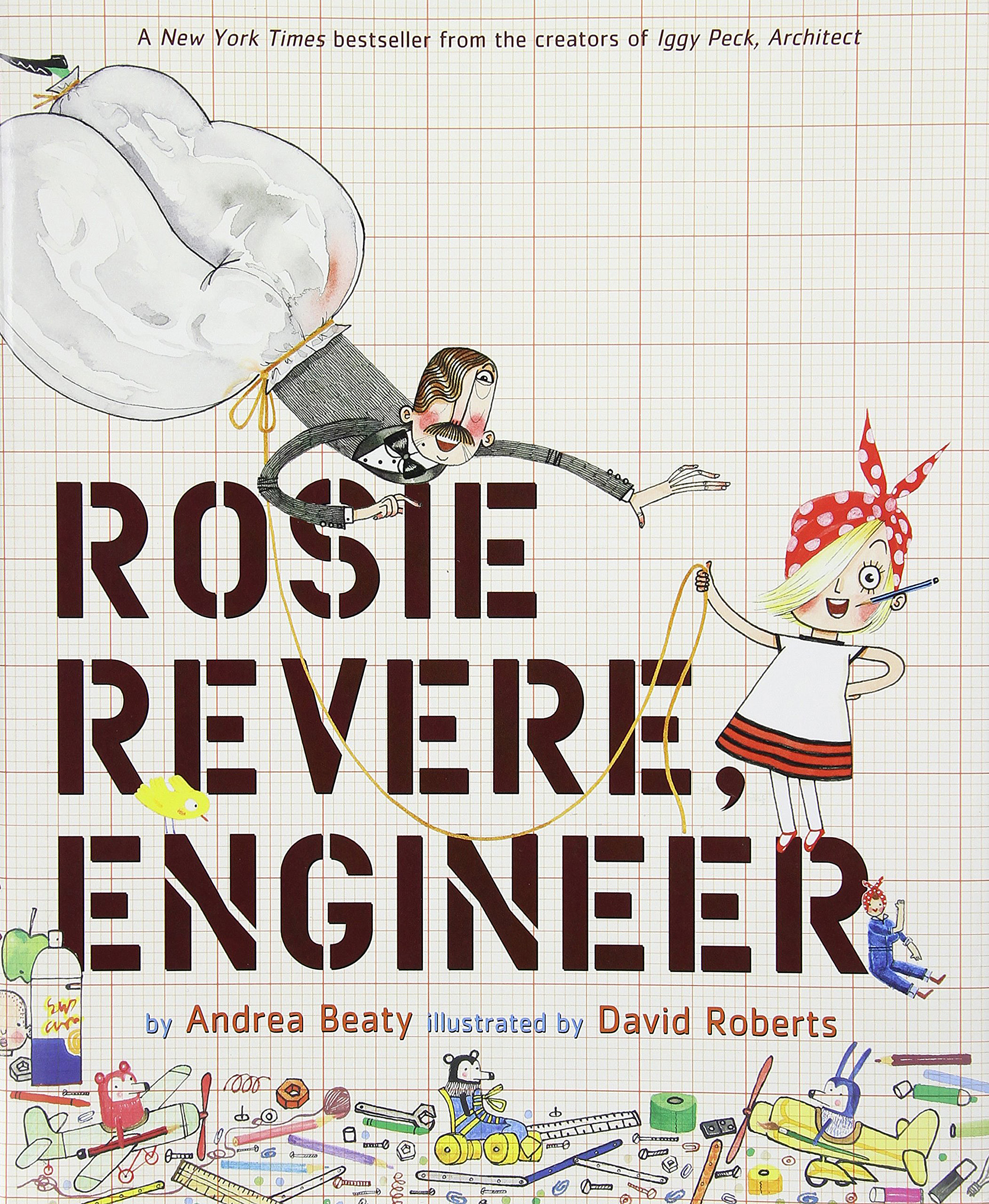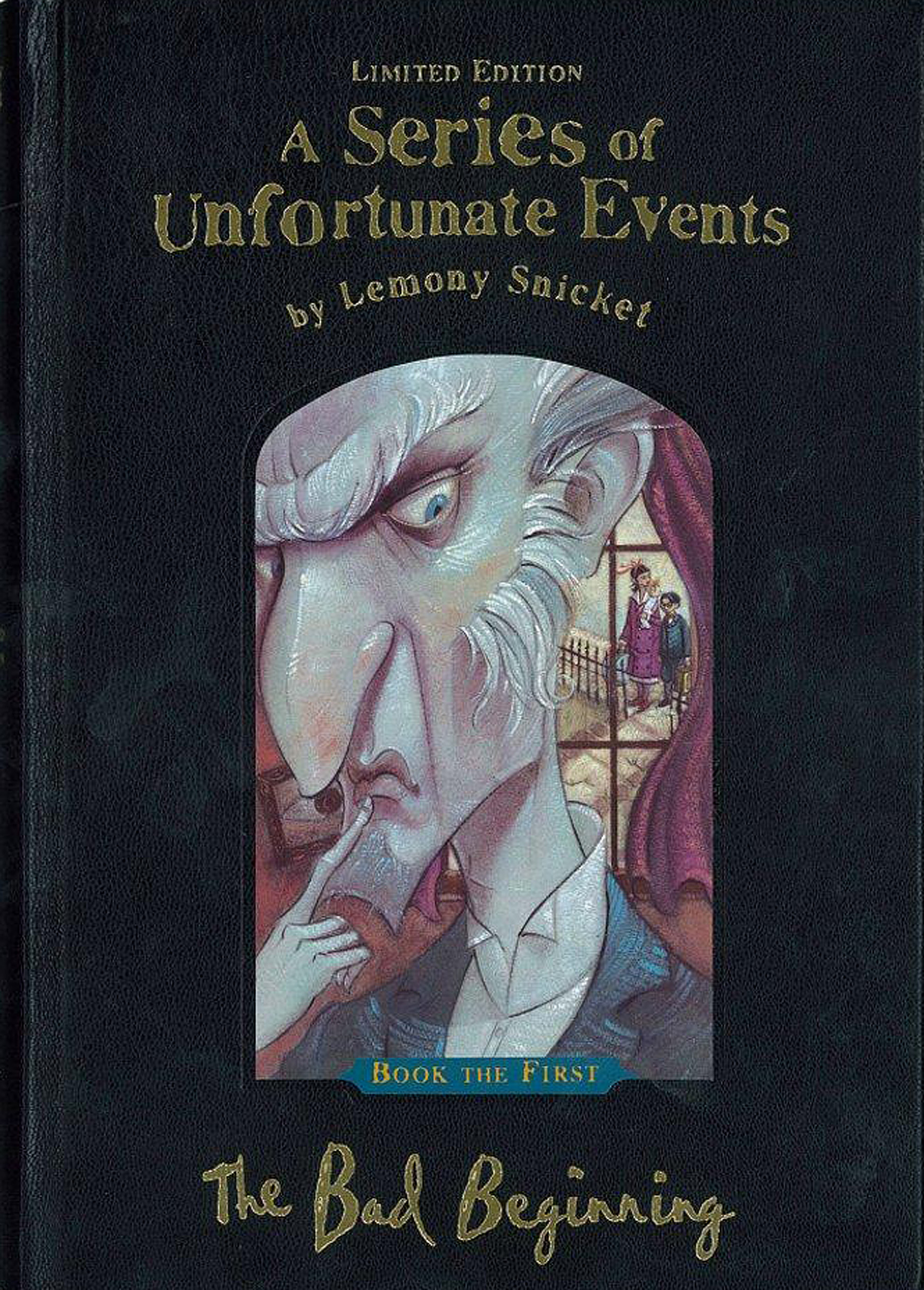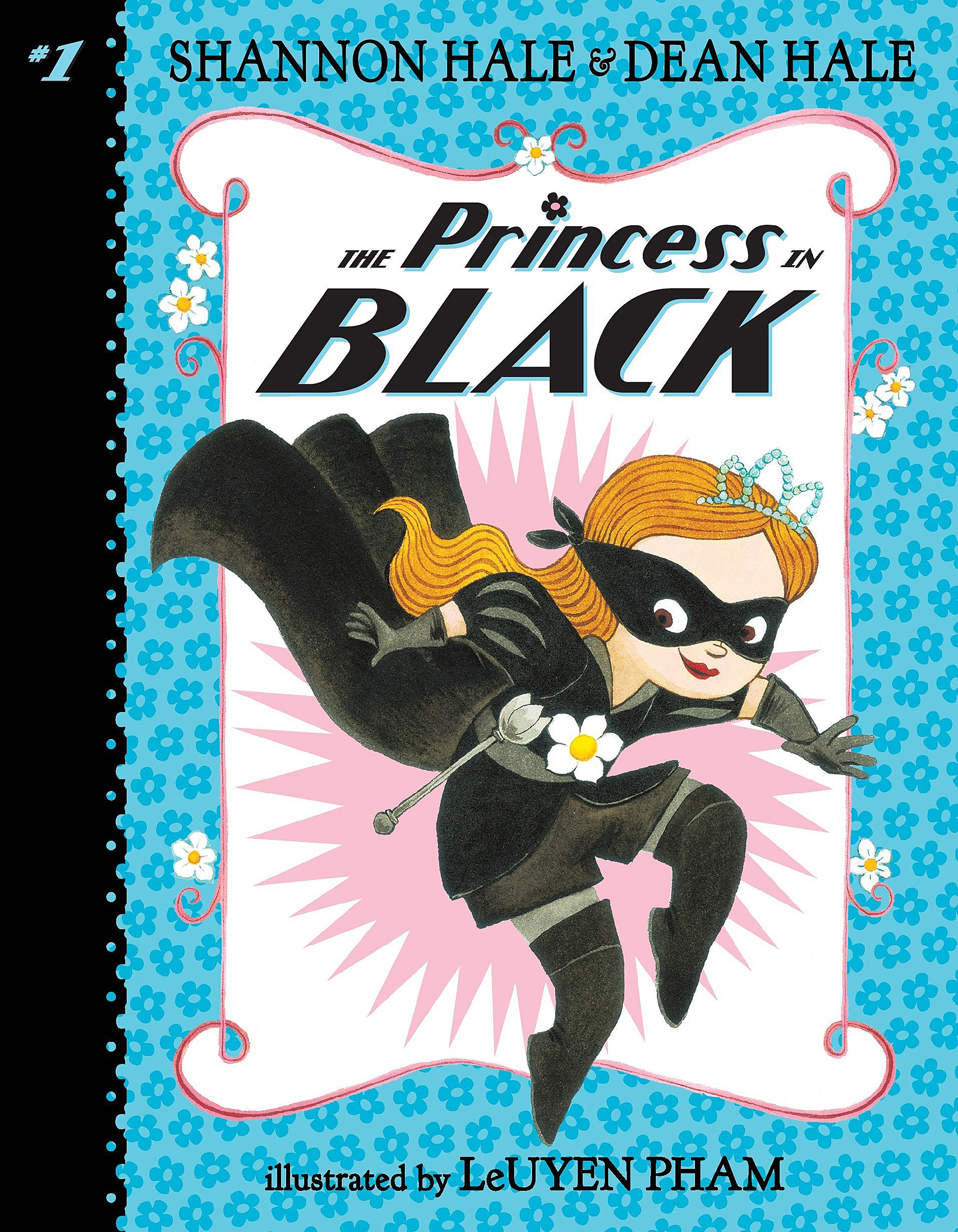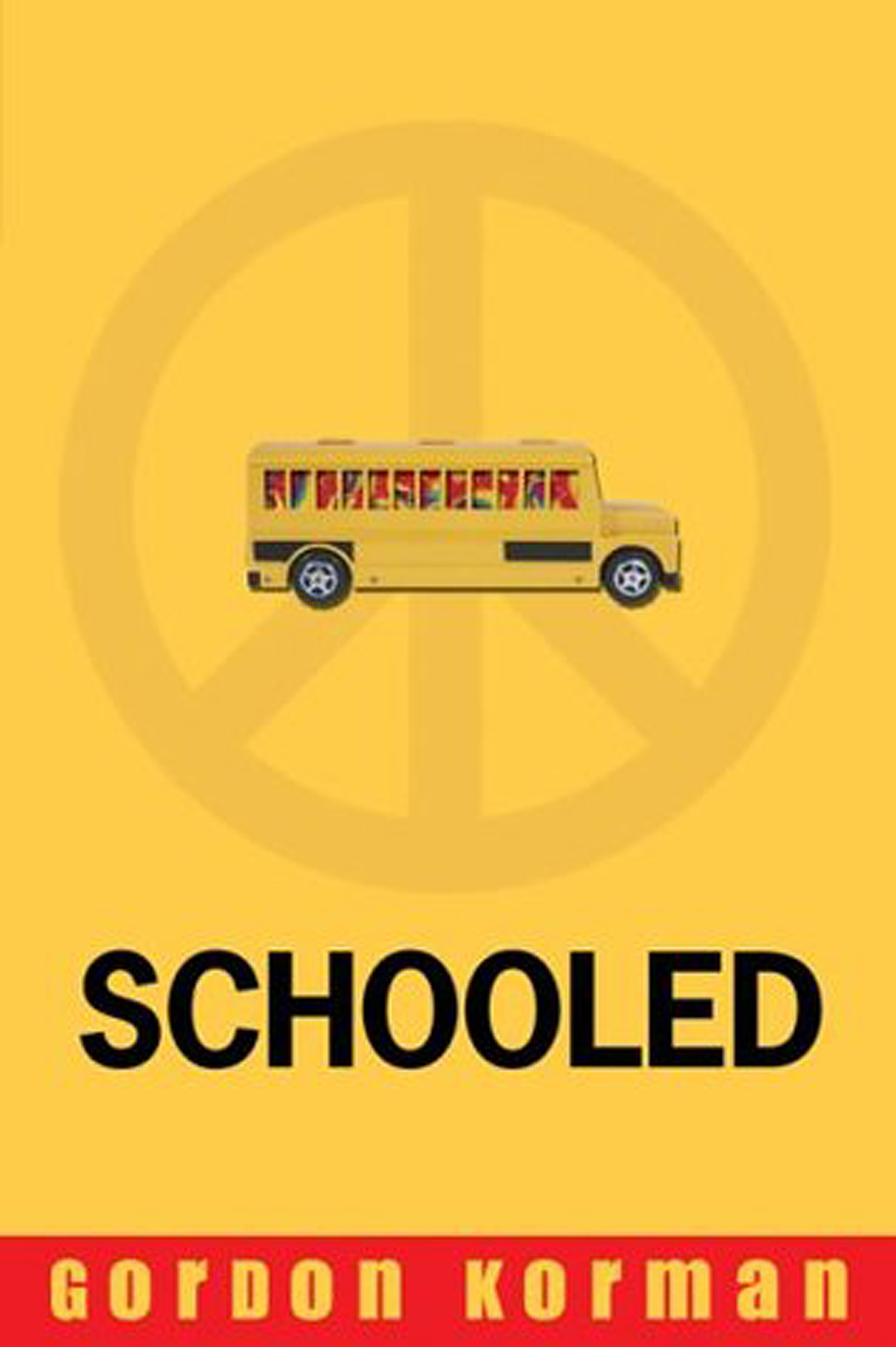
Need a book for a young person?
Suggestions from experts and expert parents
Parents are always on the lookout for book suggestions. Here are some fresh tips from experts and expert parents in the community, with age or grade recommendations from Amazon where available.
Claudine Gay
Edgerley Family Dean of the Faculty of Arts and Sciences
‘The Field Guide to the North American Teenager’
By Ben Philippe
(Ages 13-17)
Our hands-down favorite this year has been “The Field Guide to the North American Teenager.” Moments of unbridled joy have been few and far between these last few months, but that was our son’s experience reading that book. Each time I caught him curled up with it, there was always a huge grin on his face—and lots of laughter. What more could a parent ask for!
Maria Tatar
John L. Loeb Research Professor of Germanic Languages and Literatures and of Folklore and Mythology
One of the many delights of teaching was finding that, presto! some of my students turned into authors. Here are my winter recommendations — two books by former students and one by a wicked wizard named Gregory Maguire, who worked his good magic as a guest lecturer.
‘A Wild Winter Swan’
By Gregory Maguire
Inspired by Hans Christian Andersen’s “The Wild Swans,” Louise Fitzhugh’s “Harriet the Spy,” and the Greek myth of Leda and the swan (go figure), Maguire’s coming-of-age story takes readers to New York’s East Side in the 1960s, where a girl named Laura finds healing through an encounter with a wild thing.
‘The School for Good and Evil’ series
By Soman Chainani
(Grades 3‒7)
It is not often that someone comes along who can reinvent fairy tales and reclaim their magic. With the racing energy of Roald Dahl and the existential intensity of J.K. Rowling, Chainani creates a universe inhabited by characters we grow to love. “The School for Good and Evil” series uses the sorcery of words and the poetry of friendship to startle, enchant, and keep us reading.
‘Children of Blood and Bone’
By Tomi Adeyemi
(Grades 9‒12)
Reinventing the epic genre with an expansive quest narrative that is pure magic, Adeyemi builds a new mythology of dazzling complexity and depth, one that holds a curved mirror up to our contemporary world. The conflicts (and scares) come swiftly and relentlessly, resonating powerfully with high-stakes challenges facing us today.
Hopi Hoekstra and her son Henry Mallet, 8
Professor of Organismic and Evolutionary Biology and of Molecular and Cellular Biology
‘Naturalist: A Graphic Adaptation’
By Edward O. Wilson, adapted by Jim Ottaviani and C.M. Butler
The influential 1994 autobiography of famous Harvard professor Wilson recently has been adapted to graphic novel format, making it widely accessible to children. This scientific memoir tells the story of Wilson’s upbringing in the rural South, where his fascination with nature (and ants) first began, and ends with his four-decade career at Harvard, where he developed many longstanding theories in evolutionary biology. This book showcases the evolution of a scientist as well as the scientific process. The illustrations are spectacular. Wonderful read for children and adults alike.
‘The Swiss Family Robinson’
By Johann David Wyss
(Ages 9‒12)
This novel tells a tale of the exciting adventure of a Swiss family (parents and four sons), who, en route to Australia, are shipwrecked by a storm in the East Indies. This is a classic story of survival — replete with action and suspense — in which a family works together to start a new life in a land with strange food, exotic creatures, and a beautiful landscape. My only quibble (as a biologist) is that the collection of animals on the island — from flamingos to kangaroos and buffalo — don’t occur in the East Indies nor together anywhere on the globe. Nonetheless, values of optimism, perseverance, and teamwork are highlighted throughout.
National Geographic’s ‘Explorer Academy’ series
By Trudi Trueit
(Grades 5‒7)
Following in his mother’s footsteps, 12-year-old Cruz Coronado joins the Explorer Academy, whose goal is to train the next generation of great explorers to protect the earth’s treasures. In these four books, the reader follows Cruz and his wonderfully diverse group of friends on global missions — through dense jungles and arid deserts — as they solve puzzles, crack codes, and evade villains to save themselves and the world. Perfect for kids who love adventure, secret codes, and techie gadgets!
Derek Miller
John L. Loeb Associate Professor of the Humanities
‘George and Martha: The Complete Stories of Two Best Friends’
By James Marshall
(Preschool to Grade 3)
Marshall’s scenes from the friendship between two hippopotamuses make me laugh every time. His compact text and illustrations convey an astonishing range of feeling — sympathy, terror, disgust, embarrassment, love. Page for page, my favorite picture book.
‘Counting on Katherine: How Katherine Johnson Saved Apollo 13′
By Helaine Becker, illustrated by Dow Phumiruk
(Grades 1‒2)
An outstanding contemporary nonfiction picture book, “Counting on Katherine” tells the story of Katherine Johnson, the pathbreaking Black mathematician whose skills saved NASA’s Apollo missions. Beautiful, dreamy illustrations and clear narration convey math’s wonder enticingly enough to enthrall my 3-year-old.
‘How to Train Your Dragon’ series
By Cressida Cowell
(Grades 3‒7)
This 12-volume series chronicles the adventures of a misfit Viking and his dragon. For all their fun, the books pose hefty questions about family, duty, and the power of storytelling. Cowell’s prose is also a joy to read aloud, with an alliterative style that knowingly echoes Old English and Norse verse forms.
Joshua Greene (and his children)
Professor of Psychology
From my 15-year-old son:
‘Six of Crows’
By Leigh Bardugo
(Grades 10‒12)
It features an ensemble of compelling, well-developed characters, set in an alternative universe with a smattering of Earthly anachronisms and a touch of magic. They band together to pull off a heist, with stakes not just for the thieves, but for the whole world.
‘Ready Player One’
By Ernest Cline
This book tells the story of a dark future in which most of real life has gone virtual. The virtual world’s creator has died, ceding control to whomever cracks the Easter egg he’s left behind in a film. The hero follows the clues and has an adventure full of twists. Cline captures the beauty and sorrow of life in a manufactured playground.
And my 11-year-old daughter recommends:
‘Space Case’
By Stuart Gibbs
(Grades 3‒7)
It’s a murder mystery set on a moon base in the near future. The 12-year-old protagonist must figure out who killed the base’s top scientist. It gives a sense for what life off Earth might really be like: Pretty boring most of the time, but then sometimes …
And when both kids were young, we all loved:
‘The Seven Silly Eaters’
By Mary Ann Hoberman, illustrated by Marla Frazee
(Preschool‒3)
It’s a poetic snapshot of warm and chaotic family life, full of food and happy accidents.
Peter Girguis
Professor of Organismic and Evolutionary Biology
‘A Girl, a Raccoon, and the Midnight Moon’
By Karen Romano Young, illustrated by Jessixa Bagley
(Grades 5‒9)
A reclusive young bibliophile named Pearl learns that her New York City branch library’s beloved statue of the poet Edna St. Vincent Millay has been beheaded. Thus starts Pearl’s intense three-month saga (from August to November) in which she learns that: 1. There are reading raccoons inhabiting her library (and likely the whole city); 2. Her library may be shut down because of age and community apathy; and 3. She must come out of her social shell to help her new friends and everyone who will be impacted! Topics of social justice, homelessness, friendship, community action, individual power to effect change, and the many gifts of imagination are all investigated through the endearing antics of the characters. Young has cleverly included a “secret sidebar author” whose sage advice propels the storyline and keeps you guessing until the very end of this twisty coming-of-age tale. Warning: You will likely be strongly compelled to (safely) hug your local library and librarians. Bring your library card!
‘New Kid’
By Jerry Craft
(Grades 3‒7)
Shy middle-schooler and aspiring artist Jordon Banks starts attending a new private school and struggles to adapt to a very different school culture than his familiar home neighborhood. As one of only a few students of color in the school, he tries to bridge two worlds, and in doing so, he learns more about himself, persistence, compassion, and true friendship.
This is not a book that works well as an ebook: Definitely get the paperback! Your family will have thoughtful, sincere, awkward, provoking, and heart-opening discussions as you read (and reread) this book. Winner of the Newbery Medal, Coretta Scott King Author Award, and Kirkus Prize for Young Readers’ Literature.
Alison Frank Johnson
Professor of History
‘Greenglass House’
By Kate Milford, illustrated by Jaime Zollars
(Grades 5‒7)
My 8-year-old son fell in love with the characters and setting of “Greenglass House,” so this holiday season I will be giving him the rest of the series. “Greenglass House” follows young Milo as he spends the holidays in his parents’ inn with a motley group of guests trapped there by a snowstorm. With help from unexpected quarters, Milo slowly unravels the mystery of what brought these particular visitors to the inn. We appreciated the well-developed characters, the mystery, the stories-within-stories. In my opinion, this book would be even better for 9‒12 year olds than for 7‒8 year olds, but that didn’t prevent my little one from loving it (we read it together during quarantine; older kids could read it independently).
Karestan Koenen and son Lorcan Purcell, 13
Professor of Psychiatric Epidemiology
‘Want’
By Cindy Pon
(Ages 14 and up)
My son recommended the book because it combines science fiction with real-world problems we face today, like climate change. Also it features young people as the heroes who right the wrongs of society. His description: “It was about a young man named Jason Zhou who lived in Taipei and wanted to bring down a large corporation called Jin Corp. He wants to do this because Taipei’s air has been so heavily polluted that people have to wear protective suits to live a normal length of time, and he finds out that the company has been purposely polluting the air to make more sales. However, only the rich can afford the suits. Jason’s mother could not afford one and died from a fever. Jason with a group of friends successfully takes the corporation down and discovers its secrets.”
Jocelyn Viterna
Professor of Sociology
‘Percy Jackson and the Olympians’; ‘The Heroes of Olympus’; ‘The Kane Chronicles’; ‘Magnus Chase and the Gods of Asgard’; ‘Trials of Apollo’
Series by Rick Riordan
(“Jackson” and “Kane,” Grades 3‒7; “Heroes,” “Magnus,” and “Trials,” Grades 5‒9)
We have appreciated these books because, in addition to being exciting adventure stories, they also have immersed our kids in the mythology of different cultures (Greek, Roman, Norse, and Egyptian), leading to really fascinating dinner-table discussions of culture, religion, geography, and power. We also appreciate that the characters represent a diversity of races, ethnicities, genders, and sexualities. And unlike many other popular kid books, Riordan is a clever and pithy writer. His lessons on mythology never feel like lessons but are weaved creatively into the fabric of the story. The action moves at a brisk pace, the characters are both admirable and relatable, and our kids regularly see connections between what happens in the books and what is going on in the world around us.
Robert Wood
Charles River Professor of Engineering and Applied Sciences and Associate Faculty Member, Wyss Institute for Biologically Inspired Engineering
‘Rosie Revere, Engineer’
By Andrea Beaty, illustrated by David Roberts
(Grades K‒2)
My kids and I love “Rosie Revere, Engineer” for several reasons, not the least of which is the lesson about how engineers must embrace failure in order to succeed.
‘A Series of Unfortunate Events’
By Lemony Snicket (aka Daniel Handler), illustrated by Brett Helquist
(Grades 5‒6)
We are also currently loving the “Series of Unfortunate Events” books … a very fun set of vocabulary-rich mystery stories.
Leah Plunkett
Meyer Research Lecturer on Law and Special Director for Online Education at Harvard Law School and Associate Professor at the University of New Hampshire School of Law
‘Princess in Black’ series
By Shannon and Dean Hale, illustrated by LeUyen Pham
(Grades K‒3)
In these hilarious books (which our kindergartener loves), plucky Princess Magnolia leads a double life as a secret superhero. When danger bubbles up, she slips out of her lace and frills and dons her black superhero gear to fight monsters and more as the brave Princess in Black.
‘Schooled’
By Gordon Korman
(Grades 5‒7)
Middle-schooler Capricorn Anderson had never set foot inside a public school until his grandmother wound up in the hospital and could no longer keep homeschooling him on the commune where they were living. Much to the surprise of both Capricorn and his new classmates, they have a lot to teach each other in this funny, kind tale that our fourth grader adores.
Jacob Barandes
Lecturer and Co-director of Graduate Studies, Department of Physics
‘The Complete Calvin & Hobbes’
By Bill Watterson
Over the 10-year run of Calvin & Hobbes, Bill Watterson showed that a comic strip could be more than merely funny — it could be art. The story of the strip centers on Calvin, an imaginative, irreverent 6-year-old boy whose best friend is his stuffed tiger, Hobbes. Together they survive camping trips, contend with bullies, endure endless homework assignments, build awesome snow sculptures, construct transmogrifiers and time machines, travel to Mars, and ponder some of life’s deepest philosophical questions as they careen down treacherous hills on sleds and wagons.
I read the original comic books over and over again as a child, and I’ve read this complete box set several times with my own kids. As a parent, I find that the books provide many wonderful starting points for discussion, on topics ranging from ethics and life priorities to environmentalism and the nature of reality. There’s a timeless quality to Calvin & Hobbes, and it’s been a delight to see my kids take as much joy in Watterson’s work as I do.
